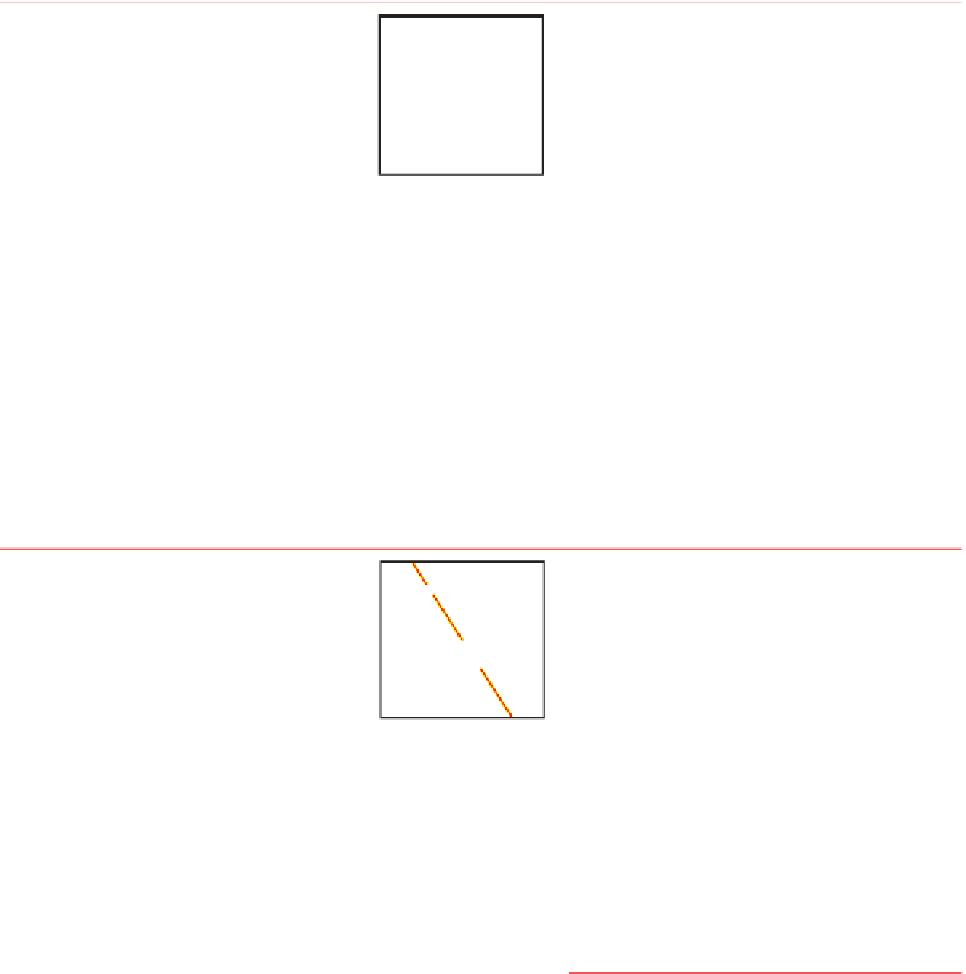Geoscience Reference
In-Depth Information
1. Place pencil
Put a pencil on the exposure parallel to the
lineation and then stand where you can
look down the linear feature. Use a piece
of tape to hold the pencil in place if
necessary.
2. Measure azimuth
Holding the compass window horizontal
(use the round level to check this), and with
the mirror at about 120
°
to it, sight through
the small peep sight at the end of the long
sight through the sighting window at
the base of the mirror and down the pencil
(see inset). Read off the azimuth. If
necessary use the locking pin to hold the
magnetic needle in place while you note
the azimuth.
2
3. Measure plunge
Hold the compass-clinometer on its edge
so that the compass window is vertical and
the clinometer is at the bottom. Fold the
mirror in to the compass window at about
60
°
. Fold in the peep sight at the end of
the long sight.
Sight through the peep sight at the end of the
long sight, the window at the base of the
mirror and down the pencil (see inset).
Carefully adjust the angle of the mirror so
that you can also see the long level. Adjust
the clinometer so that the bubble in the long
spirit level is in the middle. Read off the
magnitude of the plunge.
4. Record
Record in your notebook the plunge as a
2-digit figure and the azimuth as a 3-digit
figure.
Figure 2.10
Measurement of the azimuth and plunge of a linear feature (slickenside lineations (Section 8.2.2))
on a fault plane using the sighting method with the Brunton-type compass-clinometer. Insets show detail of line of
sight. The parts of the compass-clinometer are shown in Figure 2.3 a-c.












